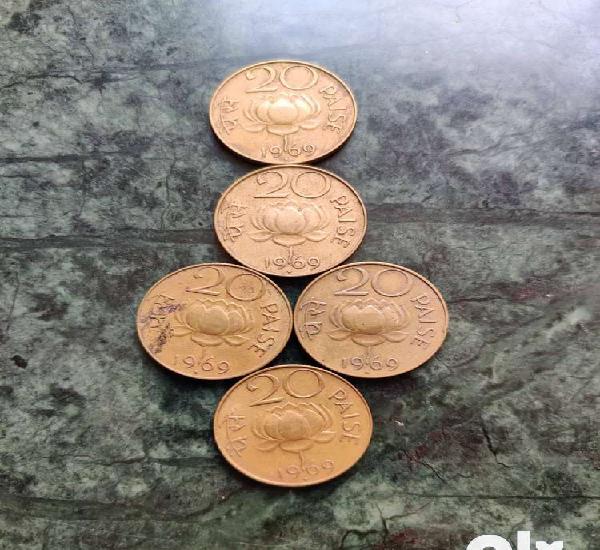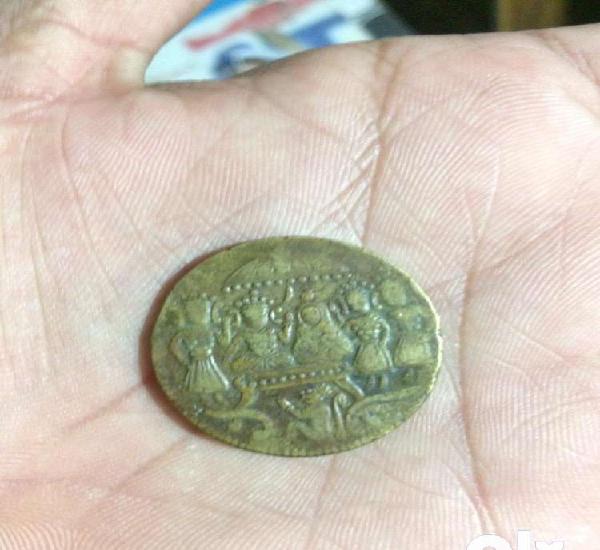Brass coin lotus coins
Top sales list brass coin lotus coins

Mumbai (Maharashtra)
Old India 20 Paise Lotus Coins (1968 - 1970) -
Brass Coins - Years May Vary Depending On The Availability
per coin Rs. 200
Including courier charges
See product

Srinagar (Jammu & Kashmir)
Used coins of 20 Paise 1970 - Lotus made of Brass. Total 12 coins Price is INR 480.00. Being sold for Income support.
See product

Salem (Tamil Nadu)
20 paise lotus coin 100 available ... All over Tamil Nadu courier service available
See product

Saharsa (Bihar)
The Ram Darbar coins were issued by the Maratha Empire between 1736 and 1818, and the year 1740 on your friend's coin indicates it was issued during this time period.
This is a token rather than a monetary coin and would have been provided at a temple for a Hindu devotee to take away as a protective keepsake. It is of brass and most probably struck from a die. On one side is Lord Rama, his wife Sita, and the monkey god Hanuman around a platform (dubar).
See product

Nashik (Maharashtra)
The Indian One Paisa coin
Country-India.
Period-Republic(1950).
Type-standard circulation coin.
Year-1964.
Value-1paisa (0.01INR).
Mass-1.48g(0.048troy 02).
Diameter-16mm(0.063in).
Thickness-1.01mm(0.04in).
Edge-smooth.
Composition-Nickel brass (1964).
Year of minting-1964-1981.
Circulation-Demonetized.
See product

Navi Mumbai (Maharashtra)
The 25 paise coin from 1959 holds historical significance as a part of India's currency evolution. On its obverse side, you would likely find the numerical value "25" denoting its denomination, often accompanied by the term "PAISE" in English or Devanagari script. Surrounding this central motif, there might be intricate decorative patterns or designs typical of Indian coinage from that era.
The reverse side commonly features the national emblem, the Ashoka Lion Capital, encircled by the words "Satyameva Jayate" in Devanagari script, symbolizing the nation's ethos of truth prevailing. Additionally, the year of minting, "1959," would usually be inscribed on the coin, indicating its vintage.
These coins were typically minted using materials like copper or brass and would have a diameter of around 22 mm. Over time, due to circulation and wear, the coin's appearance might have been affected, but it remains a tangible artifact representing the economic and cultural context of India in the late 1950s.
See product
